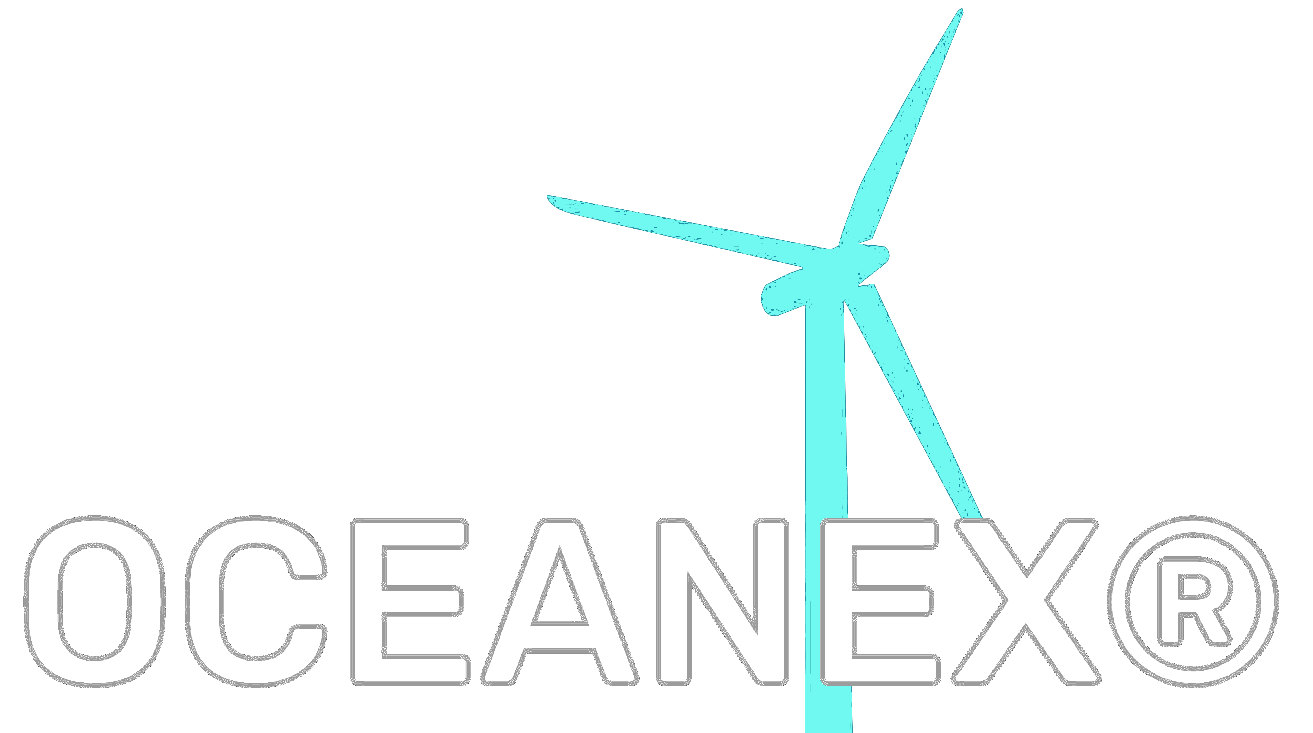The design of monopiles for offshore wind turbines is a critical aspect of ensuring the stability and efficiency of these structures. Monopiles are a type of foundation used to support offshore wind turbines, and they are designed to be buried deep in the seabed to provide a stable base for the turbine. In this article, we will outline the 10 key steps involved in the design of monopiles for offshore wind turbines.
- Site assessment: The first step in designing monopiles for offshore wind turbines is to conduct a thorough site assessment to determine the suitability of the location for wind turbine installation. Factors to consider include the depth of the water, the type of seabed, and the wind conditions at the site.
- Load calculations: The next step is to calculate the loads that the monopile will be subjected to during its lifetime. This includes the weight of the turbine and its components, as well as the forces generated by the wind and waves.
- Geotechnical analysis: The geotechnical properties of the seabed must be thoroughly analyzed to ensure that the monopile will be able to withstand the loads it will be subjected to. This includes analyzing soil samples, determining the soil’s strength and stiffness, and assessing the risk of soil liquefaction.
- Monopile design: With the site assessment and load calculations complete, the next step is to design the monopile itself. This includes determining the size and shape of the monopile, as well as the materials it will be made from.
- Fabrication: Once the monopile design has been finalized, the next step is to fabricate the monopile using the chosen materials. This typically involves casting the monopile in a mold and then finishing it with various surface treatments to protect against corrosion.
- Transportation: The monopile must then be transported from the fabrication facility to the installation site. This may involve using specialized transport vessels or barges to move the monopile to its final destination.
- Installation: The monopile must then be installed in the seabed using specialized equipment. This typically involves driving the monopile into the seabed using a pile driving rig or a similar device.
- Grouting: Once the monopile is installed, it must be grouted to ensure that it is securely anchored in place. This involves injecting a grout mixture into the gap between the monopile and the seabed to create a secure bond.
- Foundation installation: The final step in the monopile installation process is to install the foundation for the wind turbine. This typically involves attaching the foundation to the top of the monopile using bolts or similar fasteners.
- Turbine installation: Once the foundation is in place, the wind turbine can be installed on top of the foundation. This typically involves attaching the turbine to the foundation using bolts or other fasteners, and then connecting the turbine to the electrical grid.
In conclusion, the design of monopiles for offshore wind turbines is a complex process that involves several key steps. From site assessment and load calculations to fabrication and installation, every step must be carefully planned and executed to ensure that the monopile provides a stable and reliable foundation for the wind turbine.


